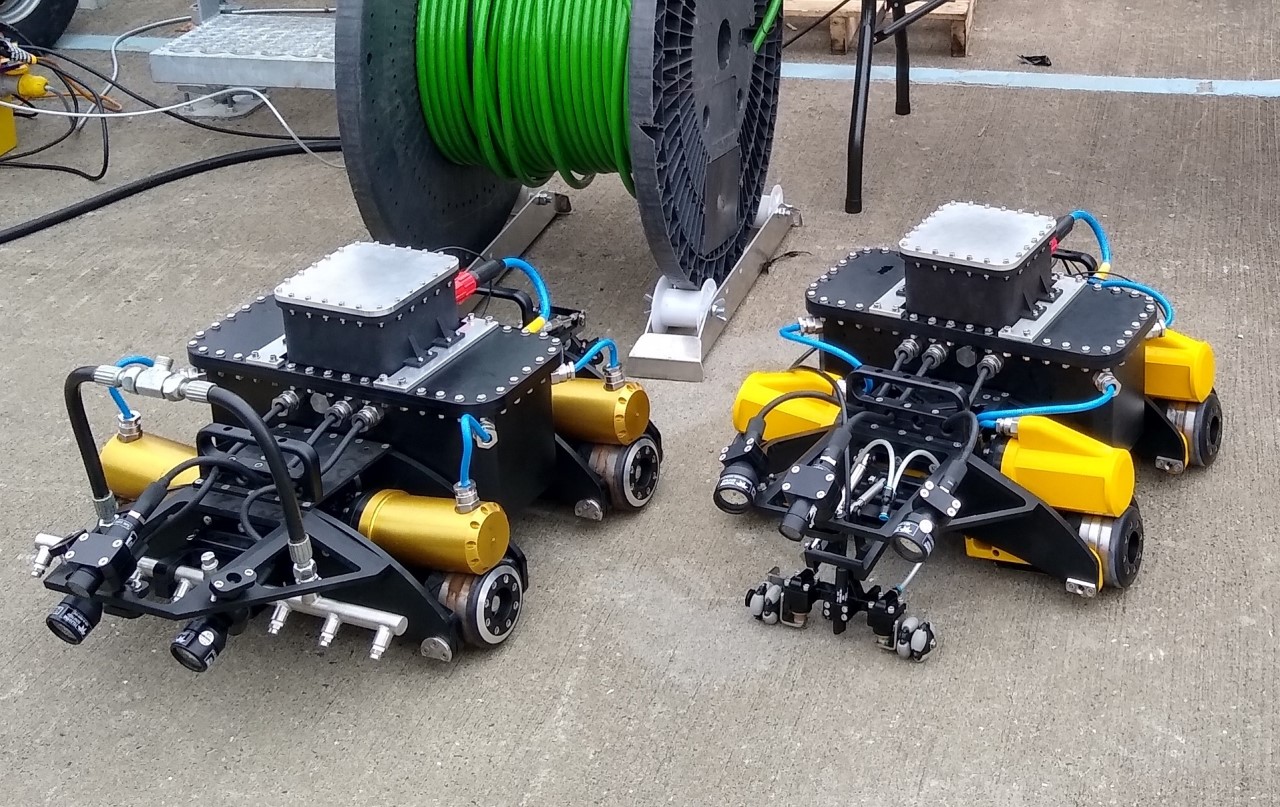Robot means “drudge” in Czech: the term comes from Karel Čapek’s 1920 SF play: RUR, which foresaw the rise of machines replacing humans.
Robotic technology has advanced rapidly over the past few years, resulting in a variety of tasks that can be implemented by industrial robots, in combination with AI and Machine Learning (ML).
There are a number of potential benefits for industry: safety, for a start, as well as lowering of costs or speeding up tasks. Drones and semi-autonomous robots can help keep workers safe by performing dangerous inspections that might hazard human beings. Live wires are dangerous and tall structures like pylons risk falls. There is also the danger of toxic substances being ingested by the workers in industrial plants or nuclear power stations.
Like many technological innovations, robotics is not yet a mature industry. Humans are still adaptable, good at problem-solving, and cost effective. Machines that are complex, expensive, need extensive support, or simply are too inflexible at what they can do, are not going to be viable. However that is changing. As robotics, AI and ML improve, great strides are being made. Stewart Reid, Head of Future Networks, at Scottish Utility SSEN Distribution, envisioned that soon we would be deploying cable jointing robots: the biggest issue when installing or repairing under-roadway cables is the removal and replacement of the tarmac or concrete that covers the cabling, as well as the disruption to traffic. Developments in small drones, whether autonomous or operator-guided, could mean that they could be sent underground to do the repair, without having to dig up the road surface.
Remote sensing drones and overhead line repair robots are another area of development. By combining imaging with ML systems the drones can learn what is a fault (or encroaching vegetation) and send out an alert. Overhead line repair is dangerous: currently there is not a robotic solution but several companies are working on different solutions. The robotic worker is not yet with us, but it seems likely that some of the more dirty, dangerous and difficult tasks will be increasingly handed over to metal-and-plastic companions in the near future.
Robots are going to be doing a lot of tasks that formerly workers performed. Like Capek’s play, this is going to cause conflict, as people’s jobs cease to exist. This has happened in the not-so-recent past: hot metal typesetting was a well-paid tradesman’s job: it totally disappeared in the 1980s with the advent of desktop publishing. In the play, the robots overthrow their human masters. An omen of the future.

